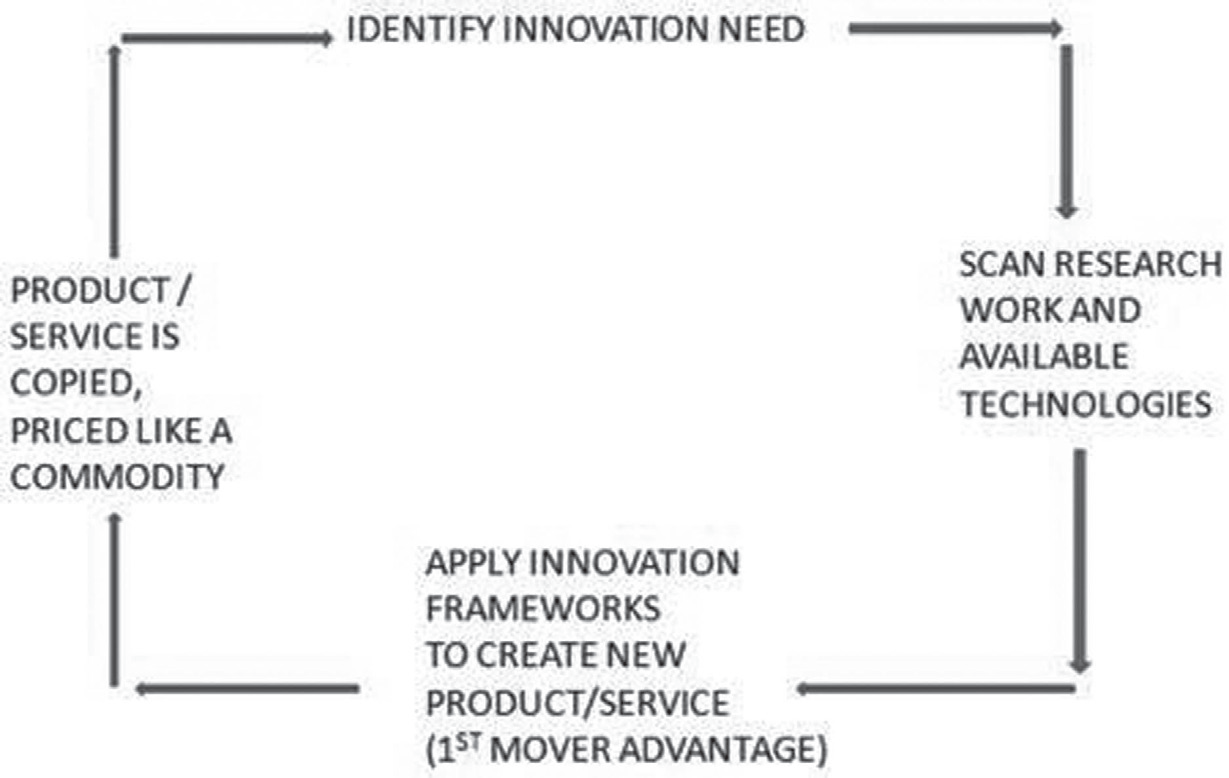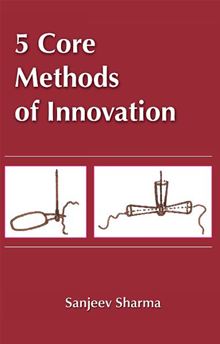“There’s more at stake than exported jobs. With some technologies, both scaling and innovation take place overseas.
Such is the case with advanced batteries. It has taken years and many false starts, but finally we are about to witness mass- produced electric cars and trucks. They all rely on lithium-ion batteries. What microprocessors are to computing, batteries are to electric vehicles. Unlike with microprocessors, the U.S. share of lithium-ion battery production is tiny.
That’s a problem. A new industry needs an effective ecosystem in which technology knowhow accumulates, experience builds on experience, and close relationships develop between supplier and customer. The U.S. lost its lead in batteries 30 years ago when it stopped making consumer-electronics devices. Whoever made batteries then gained the exposure and relationships needed to learn to supply batteries for the more demanding laptop PC market, and after that, for the even more demanding automobile market. U.S. companies didn’t participate in the first phase and consequently weren’t in the running for all that followed. I doubt they will ever catch up.”
– Andy Grove, Co-founder of Intel in a 2010 article.
Innovation is not a continuous process, but is done in steps. There are four major steps in the innovation lifecycle of a product:

Step 1: First, an obvious or hidden need of an Industry or customers is identified. This is the time a company starts allocating budget for capital expenditure of R&D. The company identifies an existing product that can be modified to fulfill the demand or starts designing at an altogether new product.
Step 2: Then, a range of new fundamental research materials are scanned that could be utilized. The Research Process is continuing in this period and the skills to identify relevant research work are required to design the new product.
Step 3: Using innovation frameworks described previously like Addition and Transposition, a new product fulfilling the need of the consumer is created and launched. This is the phase where premium pricing can be charged for the product due to the first mover advantage. This is the period where both revenues and profits of the corporation go up.
Step 4: After some time, other companies catch up and create similar products and due to competition, the product price starts falling. In this phase, scale of economy reaches for the production and the cost price also starts falling, but overall there is pressure on the profitability of the product. This is the time when CEOs start thinking how to keep the profitability of the product from going lower. Again, in order to be competitive, the company realizes it needs to innovate more. It needs to go back to step 1 to identify further ways of enhancing the product by utilizing new research or come up with a new product. However, there is some time lag between the step # 4 and going back to step #1 again. It may take many years of fundamental research before a new technology arrives which could be utilized to go back to step #1 and create a new product. Unfortunately, many companies do not have the patience at step # 4 to wait for a few years for new usable technology to be created. This is the time when management thinks of increasing the profitability of the organization by cutting costs and one of the easiest ways is outsource the jobs to an outside company or another country where the work could be done cheaper.
The Changing Face of A Television:
It took nearly twenty years for TV Industry to come up with a color TV in 1960s from the Black & White TV of 1940s. Then, it took more than thirty years for the flat screen TVs to arrive in the 1990s. It took nearly another decade of innovation for Plasma and LCD TVs to start becoming popular. And very recently after 2010, the LED TVs have started becoming popular. The first phase of innovation in TV Industry happened in United
States. However, as TV Industry moved out of United States in 1980s, almost all the innovation of flat screen TVs, LCD TVs etc happened outside United States, mostly in Japan.
As Andy Grove has stated, once you outsource the production of a product to another country, all the skills also go away. This makes it difficult for the new wave of innovation to happen in this product within the same country. As the Industry and all associated skills are now in another country, any associated innovation also happens in that country. As explained by Andy Grove’s article, if you outsource the work to another country during step number 4, you would have no capacity to go back to step #1 in that Industry.
Perhaps, Business leaders should start identifying the phase 4 of the innovation cycle (when product prices become low due to intense competition) to a phase that requires the use of innovation frameworks to get back into the first mover advantage. However, business leaders need to have patience as there is a time lag between identifying this phase, identifying relevant new technologies and applying the innovation frameworks. The innovators in the organization need to have the skills to identify relevant technologies which can be applied for the innovation lifecycle to continue.
This is an excerpt from award winning book ‘5 Core Methods of Innovation’ published in 2012, available at Amazon.com
https://www.amazon.com/Core-Methods-Innovation-Sanjeev-Sharma/dp/0985591935





